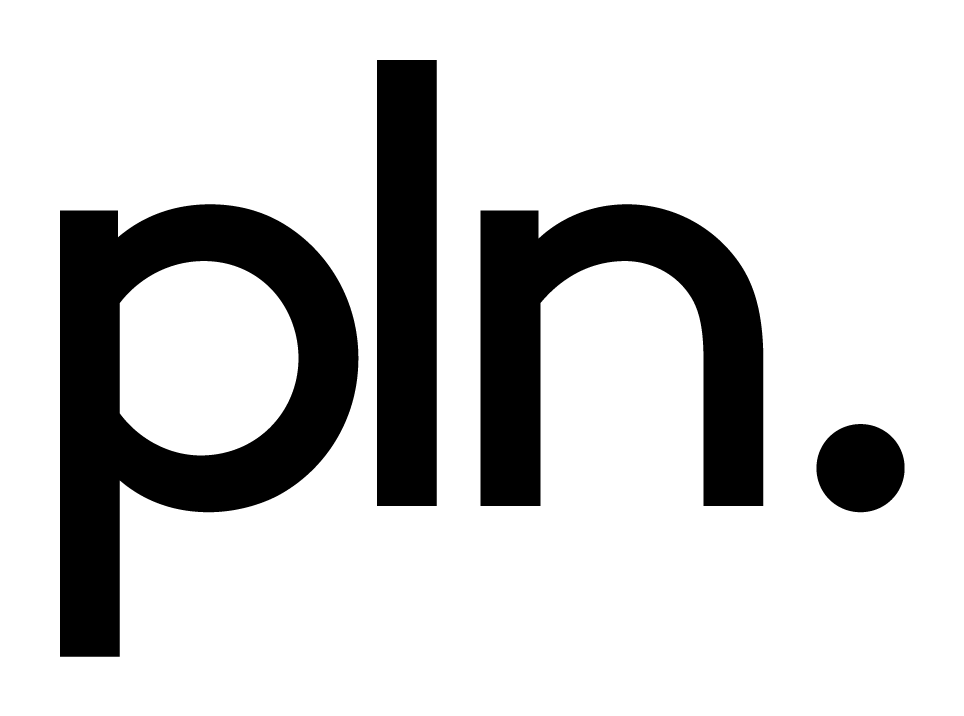Fractals are something we have mentioned in previous articles, specifically in our piece about biophilic design, of which fractals, in terms of their application in design, are an important part.
Read more about Biophilic Design here...Fractals
Fractals in design are the topic of discussion in TED Talks, academic study, urban design as well as with architecture and interior design professionals
Hush Fractals
What are Fractals?
Metropolis Magazine describes them as “patterns of elements that are “self-similar” at different scales.” Designhack.net says they are “a geometric pattern that is repeated with smaller and/or larger scales to create irregular shapes and patterns.”
And there is the conundrum that perhaps defines fractals too. The fact that a fractal pattern, a single shape simply repeated at differing scales, creates irregularity, where you would imagine regularity to reside.
Perhaps the most famous representation of a geometric fractal pattern is the graphical representation of the Fibonacci sequence, but equally a snowflake or a nautilus are prime examples, perhaps easier to wrap your head around.
Think too about the DNA double helix, an avenue of trees, a stem of broccoli a bird’s feather, leopard’s coat or a cloud formation.
Fractals are all around us, all the time, and the beauty of them is we don't notice their existence. So, used in design, a similar level of subtlety can be achieved simply by replicating these simple, yet complex patterns.
Biological structures are all about fractals and humans are hardwired to try and understand if the pattern they are seeing is food, shelter, a predator, danger, safety, friend or foe.
We probably also use fractal patterns to navigate through our environment – judging distance and proximity through repeating patterns that diminish with distance, such as an avenue of trees or mountains marching across the landscape. Although useful, this navigation aspect is thought to be perceived as more pleasurable than an evolutionary survival requirement.
As with biophilic design in general, the use of fractal patterns in design can help people subliminally connect with the natural world and from that they gain wellbeing and stress-reducing benefits. Research has shown a reduction of stress of up to 60% when people are exposed to fractal forms.
Mountainous fractal patterns
Nautilus shells, inside and out have beautiful and elegant fractal patterns
An avenue of trees helping with perspective - but oh so pleasurable to look at too.
Connection
However you describe or imagine or visualise fractals though, what they can do for people is to subliminally connect them to the natural world – a proven way to enhance creativity and productivity in the workplace, provide wellness benefits and build resilience.
Hard lines and straight edges that are prevalent in the urban environment and in many internal spaces only serve to increase subliminal unease. However, urban design is, for large part, unplanned and organic and so apart from more modern grid layouts, fractal patterns emerge ‘naturally’ in the streetscapes, road and rail networks we navigate each day. Perhaps a reason so many of us love pouring over maps.
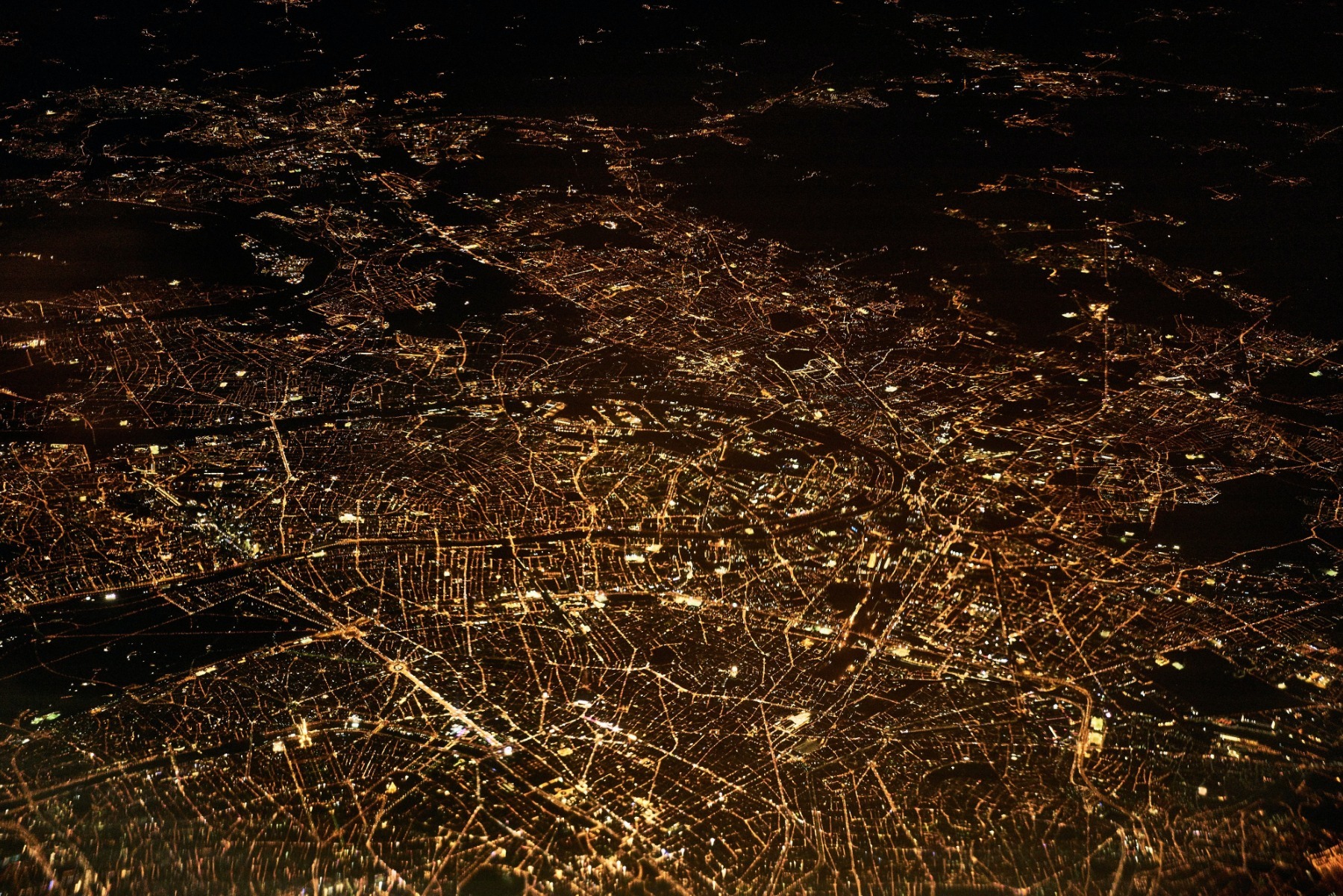
Image: Dennis Cummer
Fractals in Design are Nothing New
In terms of the inside spaces we occupy for large parts of our lives, at home, at work, in play or in public, fractal design principles have been utilised, unconsciously or not, for hundreds, if not thousands of years.
Think about Islamic art and architecture for example. It is simply loaded with fractal patterns, as is classical Indian architecture and Roman too. Look at interior design from the 1950s, 1960s and 1970s and you find fractals everywhere.
The Colosseum in Rome - fractal openings
Islamic art has used fractals for centuries
A beautiful latticed panel indicative of traditional Indian design
New Zealand Fractals
As a New Zealand company, we can’t go past the fractals in our own landscape that have been represented in Māori art for hundreds of years. The koru – representing the unfurling silver fern frond – is instantly recognised by every Kiwi and is a prime example of a fractal pattern as well as demonstrating the Fibonacci sequence.
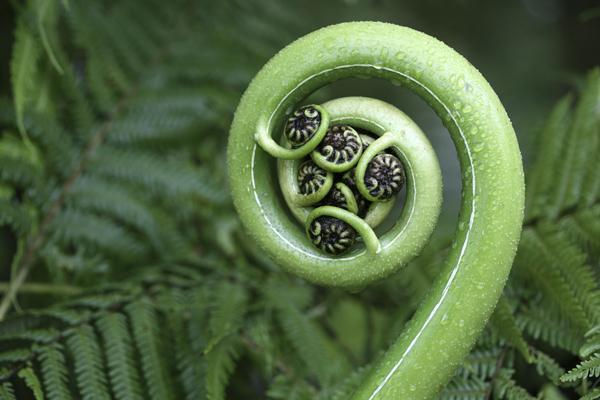
So, it’s nothing new then. What is new is the understanding we are developing of the benefits that fractal and its big brother, biophilic design, can bestow on people.
Use Natural Fractals
Using fractals doesn’t mean you have to resort to complex computer algorithms to create your design. Natural materials such as wood provide the patterns our brains latch onto. A beautiful woodgrain is about as natural a fractal pattern as you’ll find.
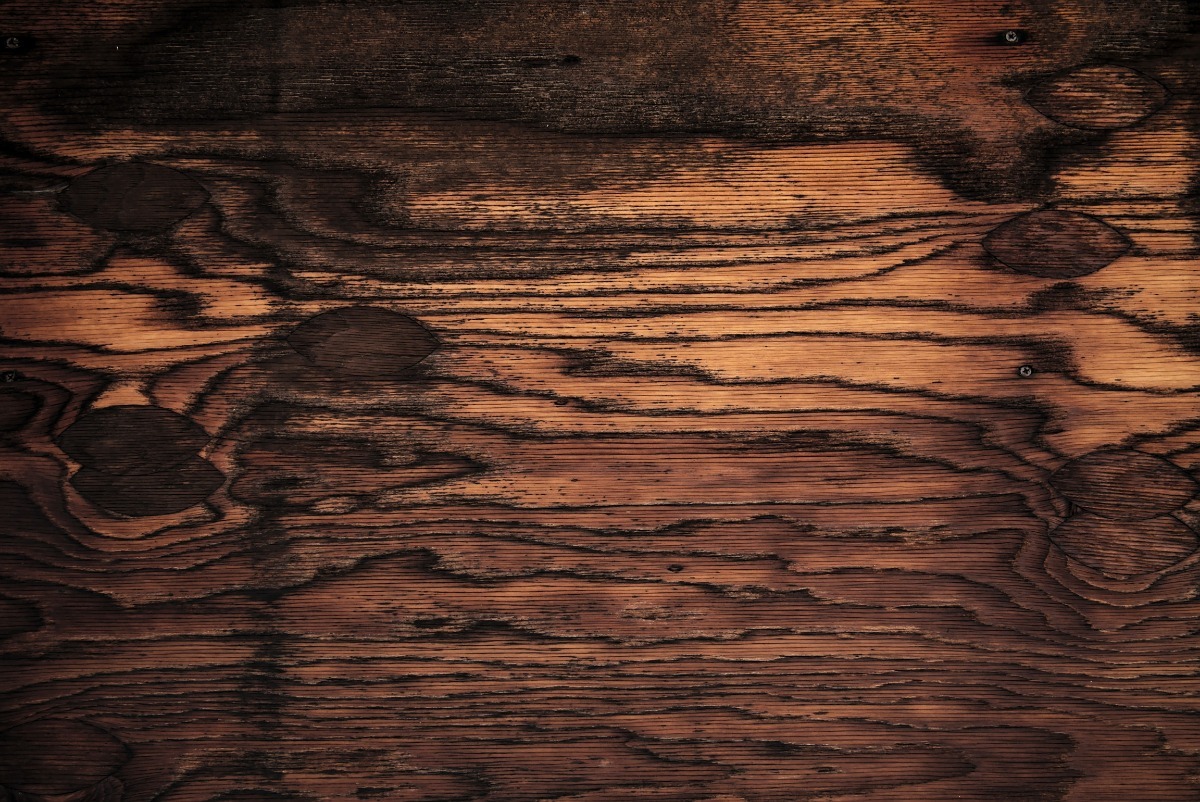
Keeping patterns simple is often best. Those busy mid-century interiors may be packed full of fractal patterns but no-one these days would say they were always successful. But, for example, Franco Enzollas Fractal Table is a beautiful and simple example of keeping things minimalist as is our own Hush light for that matter.
Franco Enzollas - Fractal Table
Less is More
Use of fractals should be considered and not sprinkled liberally. Some wall art, a room divider, lamp shade or simply the padded or quilted seat or back of a piece of furniture can all be subtle ways to introduce these patterns into your space. Also, research has shown that use of ‘high-dimensional’ – or busy – fractal patterns can be overwhelming and actually induce or exacerbate stress.
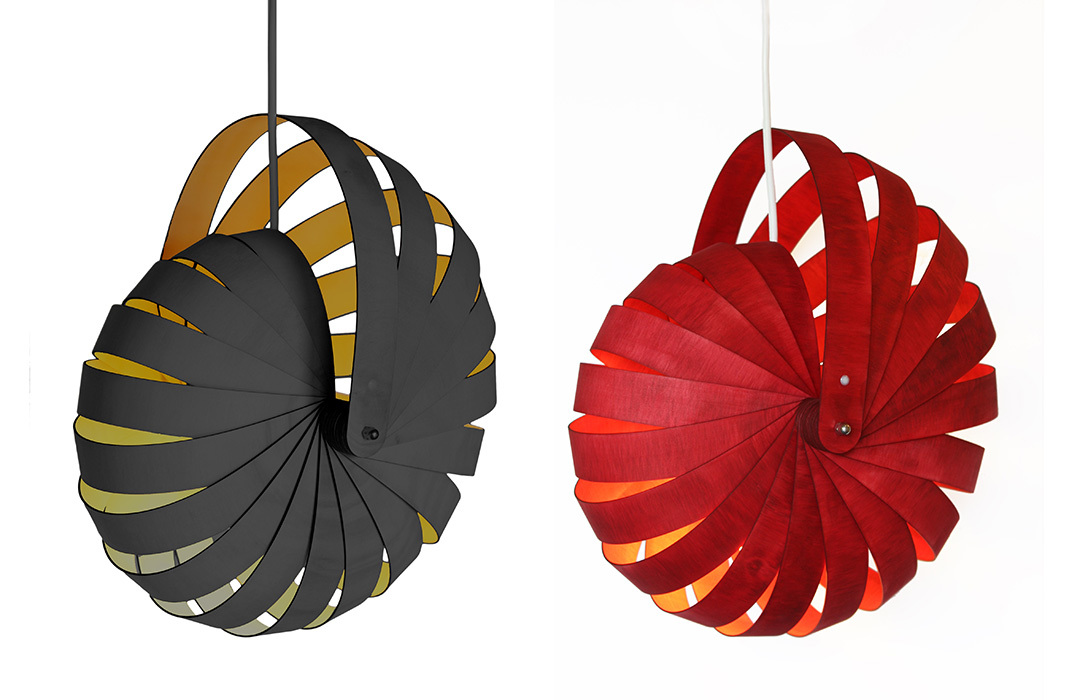
PLN Group's Nautilus Light
Fully expect to see fractal patterns more and more in commercial, public and domestic design in the coming months and years as the trend towards biophilic and naturalistic design increases.
Some fractal products from PLN Group
Take a look at a range of design using elements of fractal patterns:
Download a PDF version of this article: Purpose Papers Fractals in Design
Some other articles you may be interested in...
Words by Paul Bondsfield
